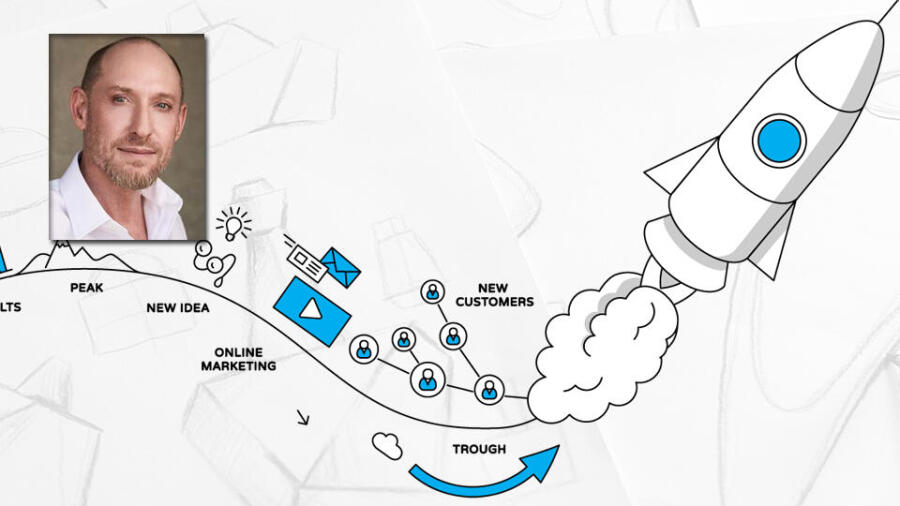Recently, a customer of mine made the ultimate frustrating statement: they did not “like” the primary brand color. Fortunately, I was able to demonstrate clearly why that color was chosen. It is a top trending color in women’s fashion. Chanel, Prada, Max Mara, Alexander McQueen and others use the color to entice our shared target audience. The client subsequently realized that she herself owned a purse and a coat of the same color, and changed her mind.
Designing a product or service is a complex process that requires careful consideration and decision making. It is essential to assess the needs and desires of the target audience, and to understand the project’s constraints and limitations. You must also be able to explain your choices to your client in a way that will protect crucial design elements, should they ask for changes.
Designing a product or service is a complex process that requires careful consideration and decision making.
This is what I mean by “rationalizing” your design choices — not rationalizing in the sense of “making up a convenient explanation,” but rather making sure every step makes sense to both you and the client. This kind of rationalization is an essential part of the design process. Here are some tips to guide your design choices, so you can feel confident about your decisions—and justify them if necessary.
Before beginning your design, define your target audience.
You must clearly understand whom this product or service is for. Identify the demographics, behaviors and motivations of your target audience. Doing so will help you make informed decisions about the design, ensuring that it meets the needs and desires of your audience. Maximum clarity in this phase of development will come in handy later in case your client takes issue with a design choice and you need to remind them that they are not the target audience.
Set clear goals and objectives.
Before you begin designing, establish clear goals and objectives for the project. This will help you focus your efforts and ensure that your design choices align with the project’s overall purpose. Note that goals and objectives are generally set by the client, who will likely evaluate your performance based on how you meet the challenge. If your client struggles with setting clear goals, I suggest you do so yourself. But before you begin designing, you will need to get their agreement regarding the objectives.
Research and gather data.
To make informed design choices, you will need to undertake various types of research, such as user research, market trend analysis and studying similar products or services. Define the competition and review how they support their messaging via design. This data will provide valuable insights and inform your design decisions. Having this information will also improve your presentation, since reeling off hard facts that support your design choices establishes you as the expert and helps the client feel that they can trust your decisions.
Consider usability and functionality.
A product or service should be easy to use and should function as intended. When designing, consider factors such as layout, navigation and user flow to ensure that the product is intuitive and user-friendly for the intended audience. I am very focused on my audience, and regularly remind myself that I may be more familiar with product functionality than the customer. What seems blatantly simple to your client may not be so immediately apparent to their intended customer; if that’s the case, you need to bridge that gap. This can sometimes lead to a lengthy debate with a client, but if you have clear goals and the data to support your choices, chances are the client will get behind your strategy.
Consider aesthetics and brand identity.
Aesthetics and branding are crucial elements of design. When choosing colors, fonts and other visual elements, consider whether and how they align with your brand identity and appeal to your target audience. Recognize that your choices are dictated not by personal aesthetics but by what is likely to inspire your target audience’s interest.
Test and validate.
Before finalizing your design, you must test and validate your choices. This can include conducting usability testing, gathering user feedback and analyzing user data. Testing and validation will help you identify any issues or problems with the design and make necessary changes. Make sure to test and validate with a section of your target audience. Your colleagues and co-workers are not likely to be good choices for feedback. Neither is your mom, unless she happens to be part of your target audience. Get out of your office and meet the public!
Document and explain your choices.
It is essential to document and explain your design decisions as you make them. This can include creating design briefs, mock-ups and prototypes, and keeping track of your research and testing results. By recording your choices and clearly articulating the reasoning behind your design decisions, you can ensure that they are consistent with the project’s goals and objectives.
Follow these steps and there will be no need to throw ideas at the wall to see if they stick. Rationalizing your design choices makes providing something visually appealing and functional easier and more efficient. Plus, it enables you to explain your design decisions to clients and get everybody on the same page, so that together you can create a solid product or service that meets the needs of your audience.
Joe Powell is a graphic designer, brand creator and B2B and B2C marketing professional. For over 25 years, he has held remote contract roles in which he specializes in best-practice tactics for visual (brand) identity and product development.




